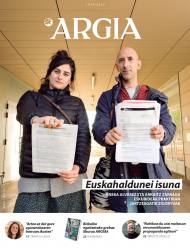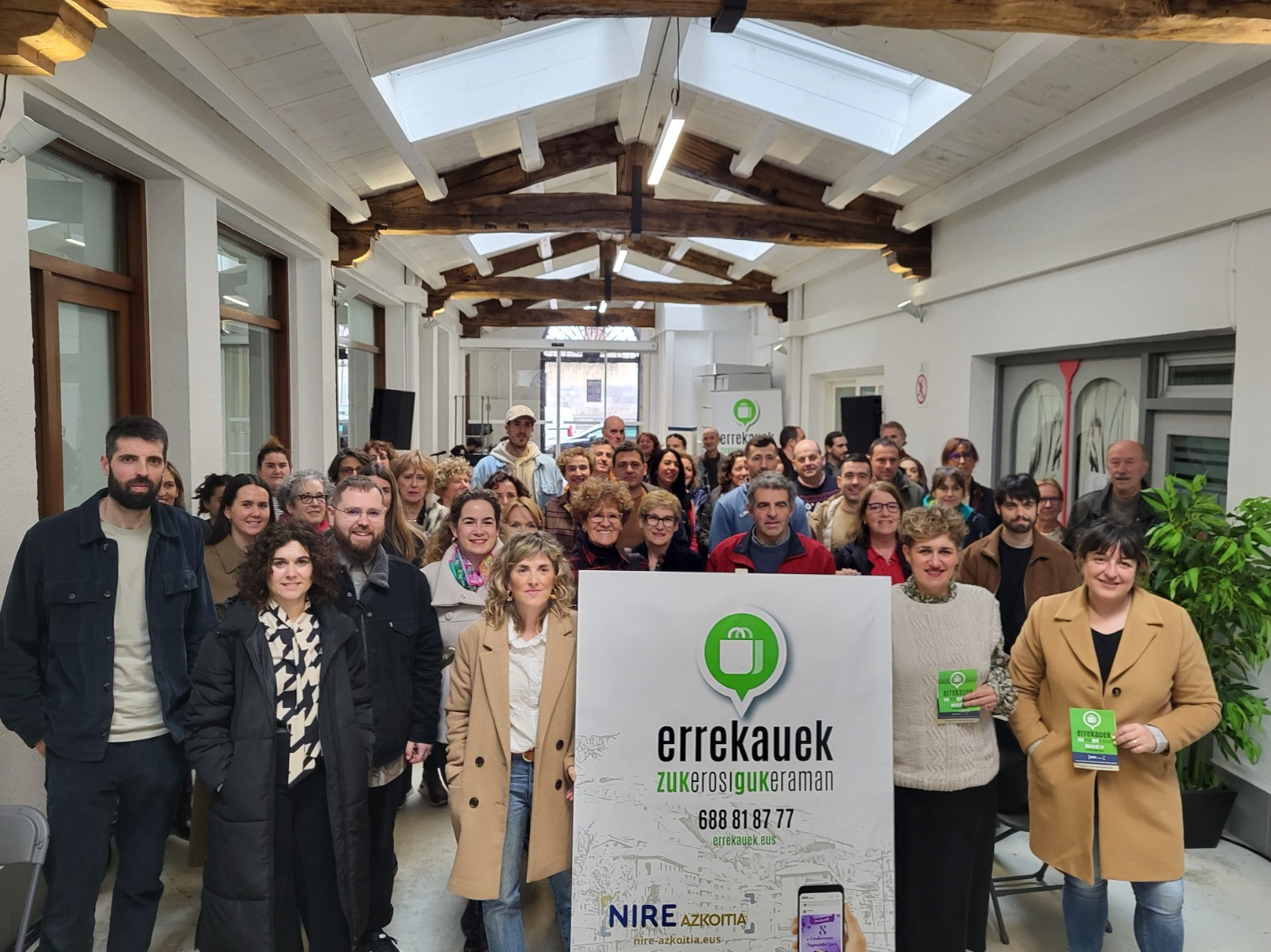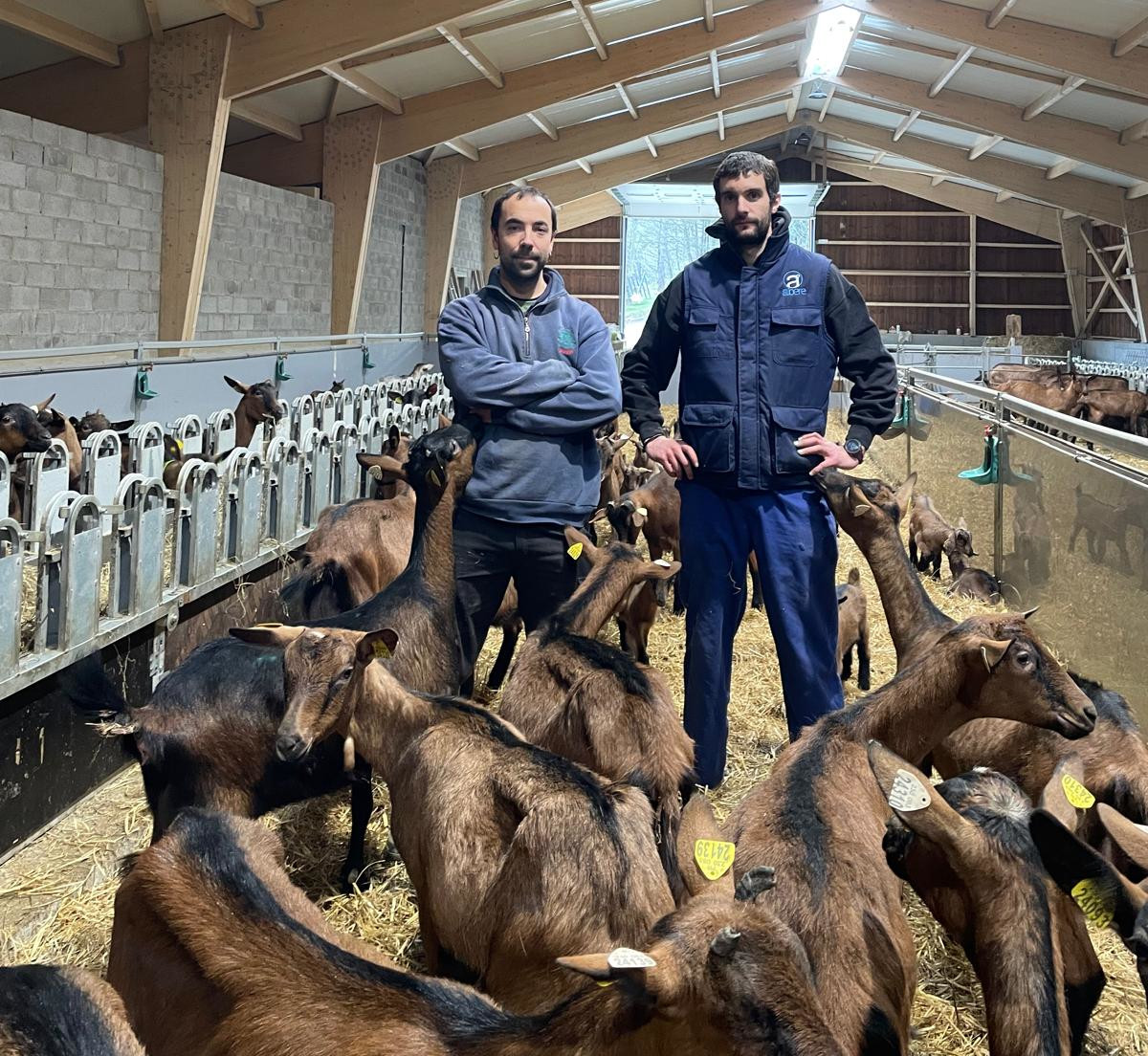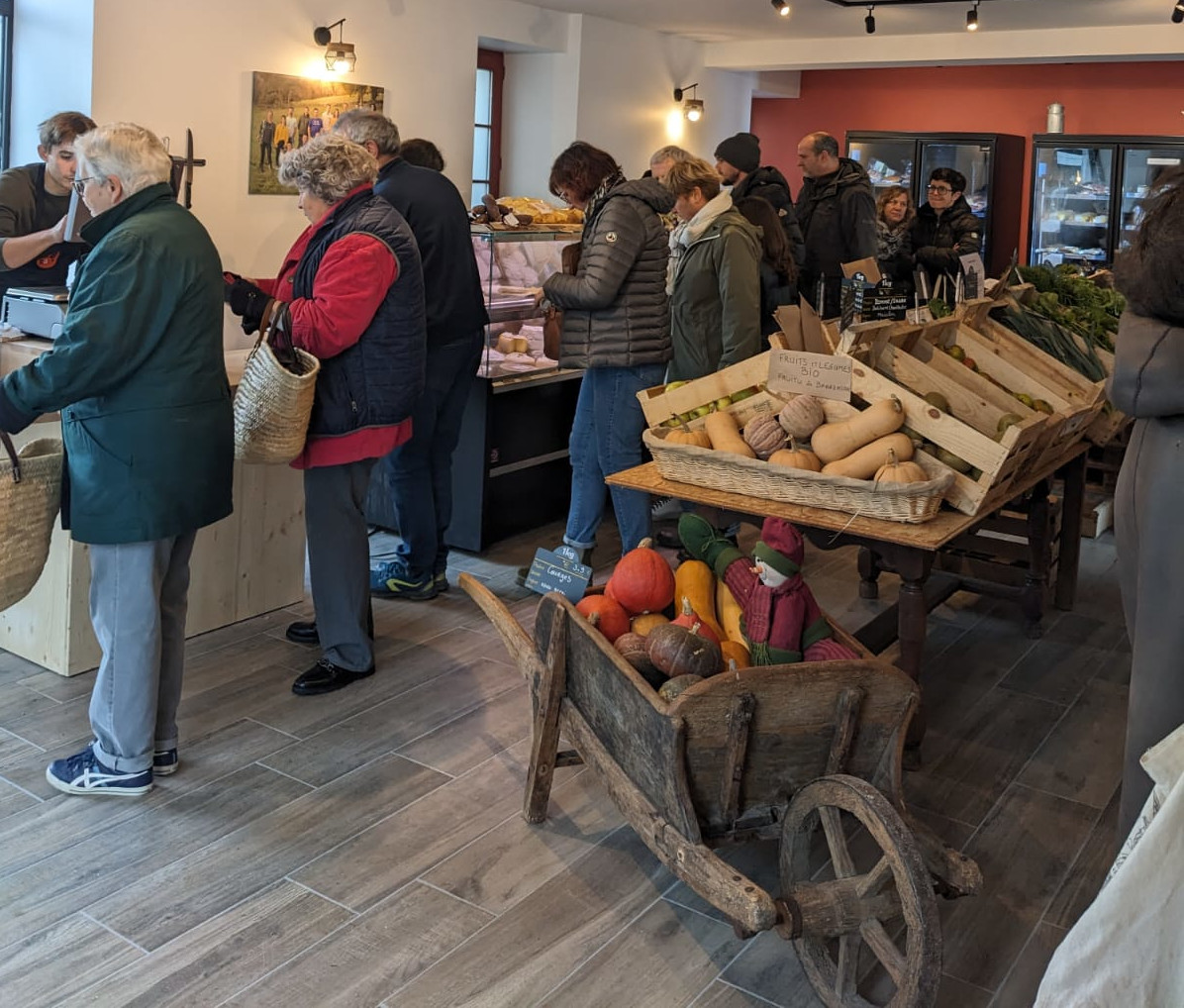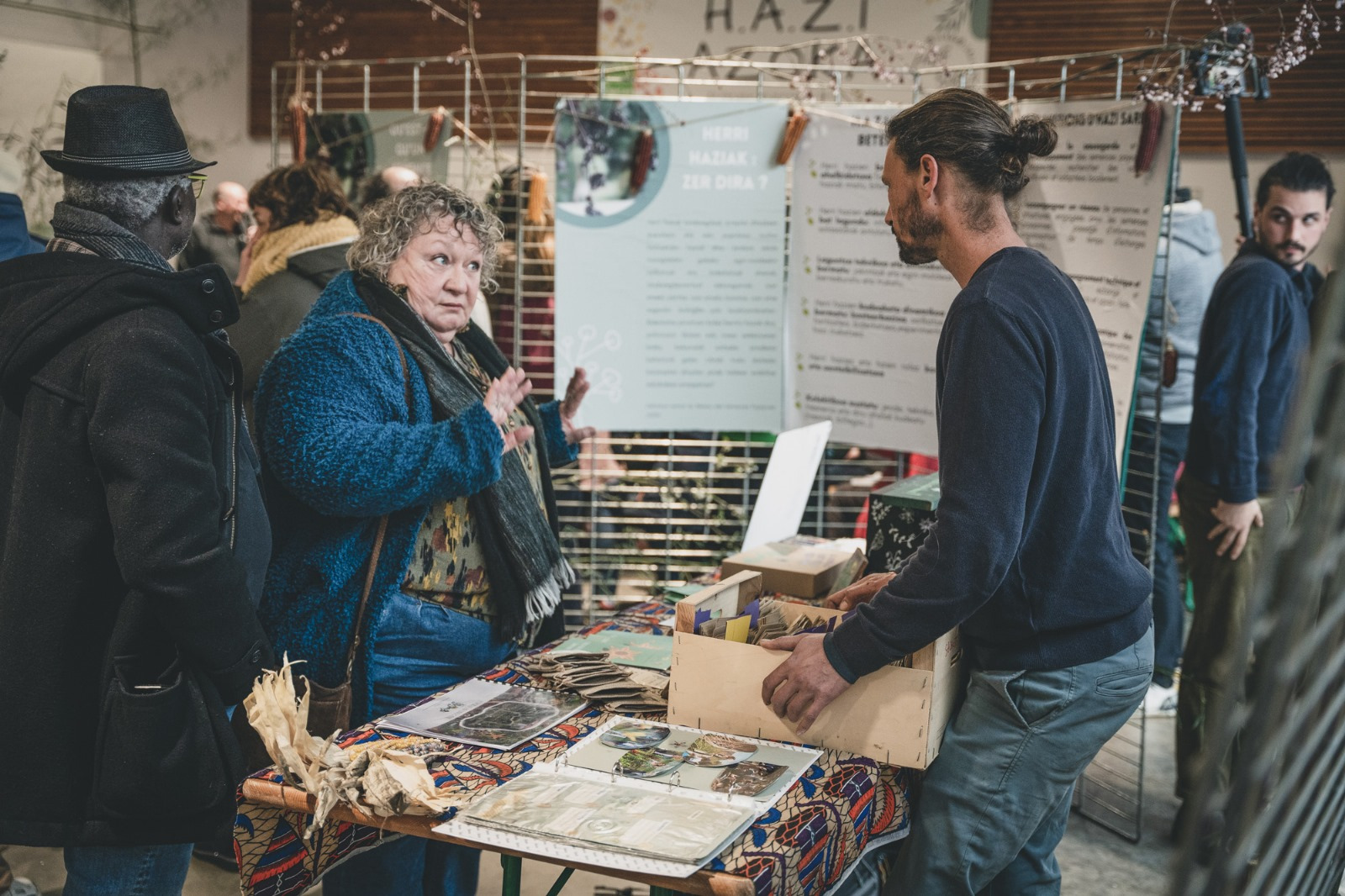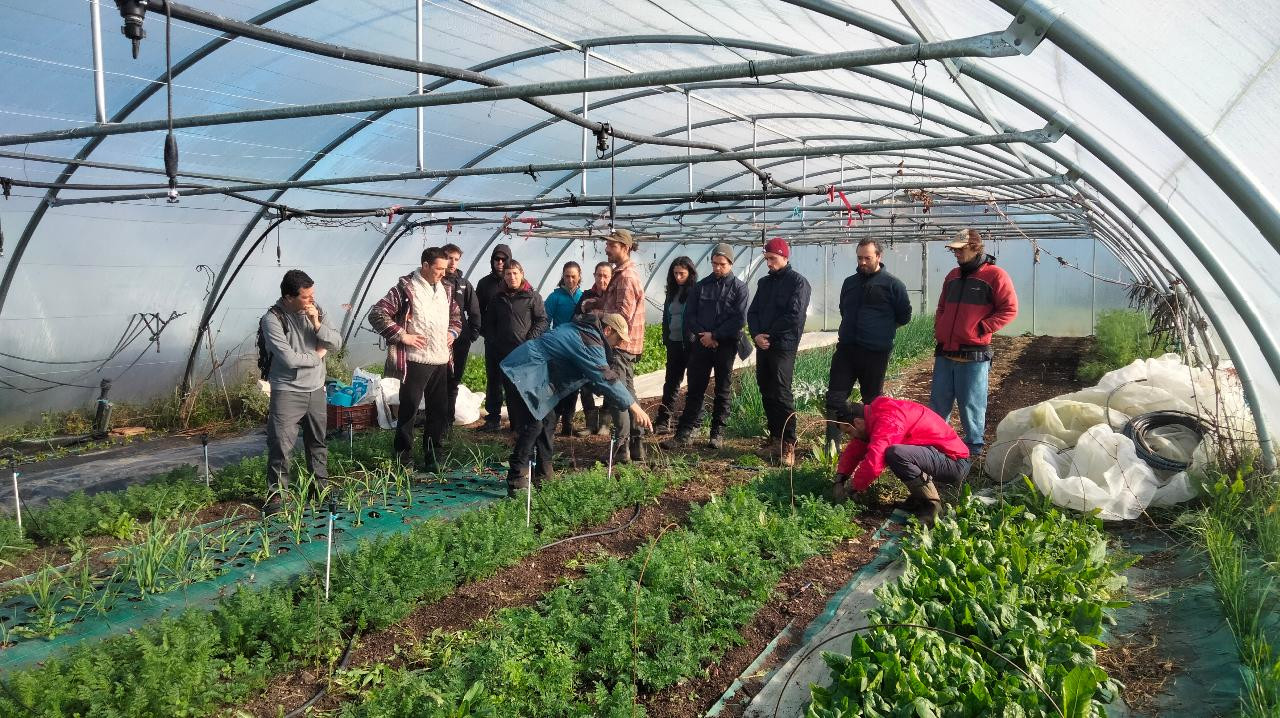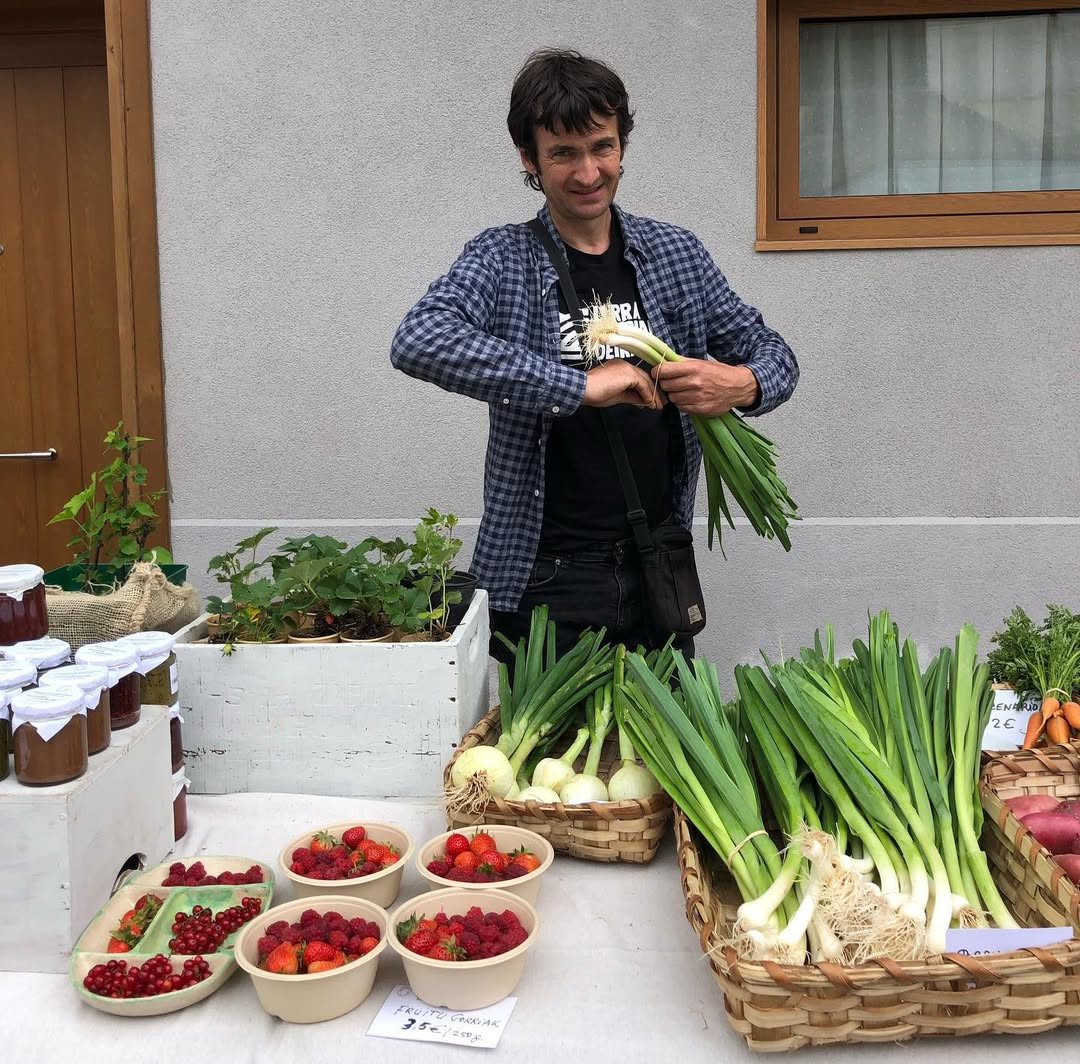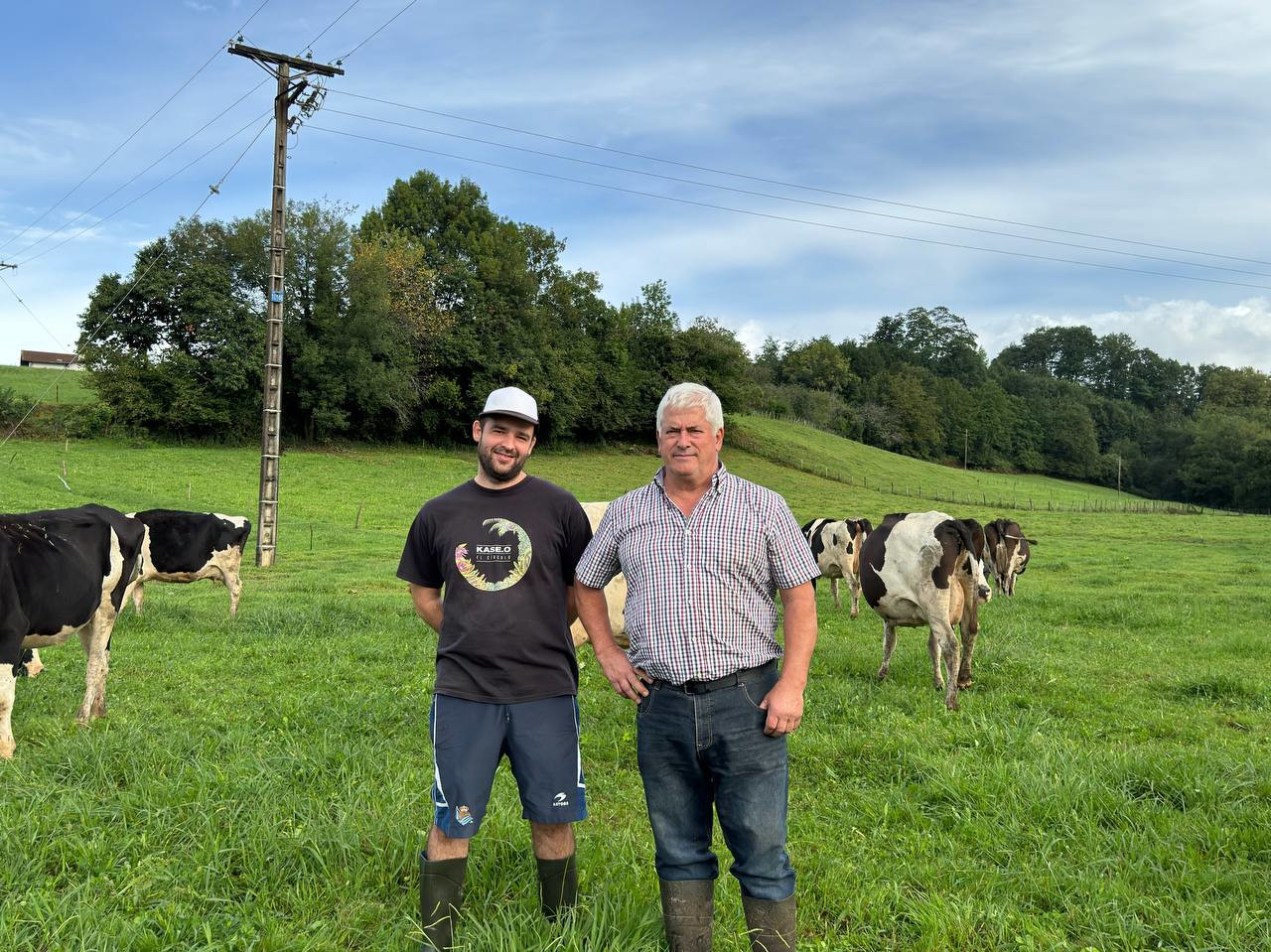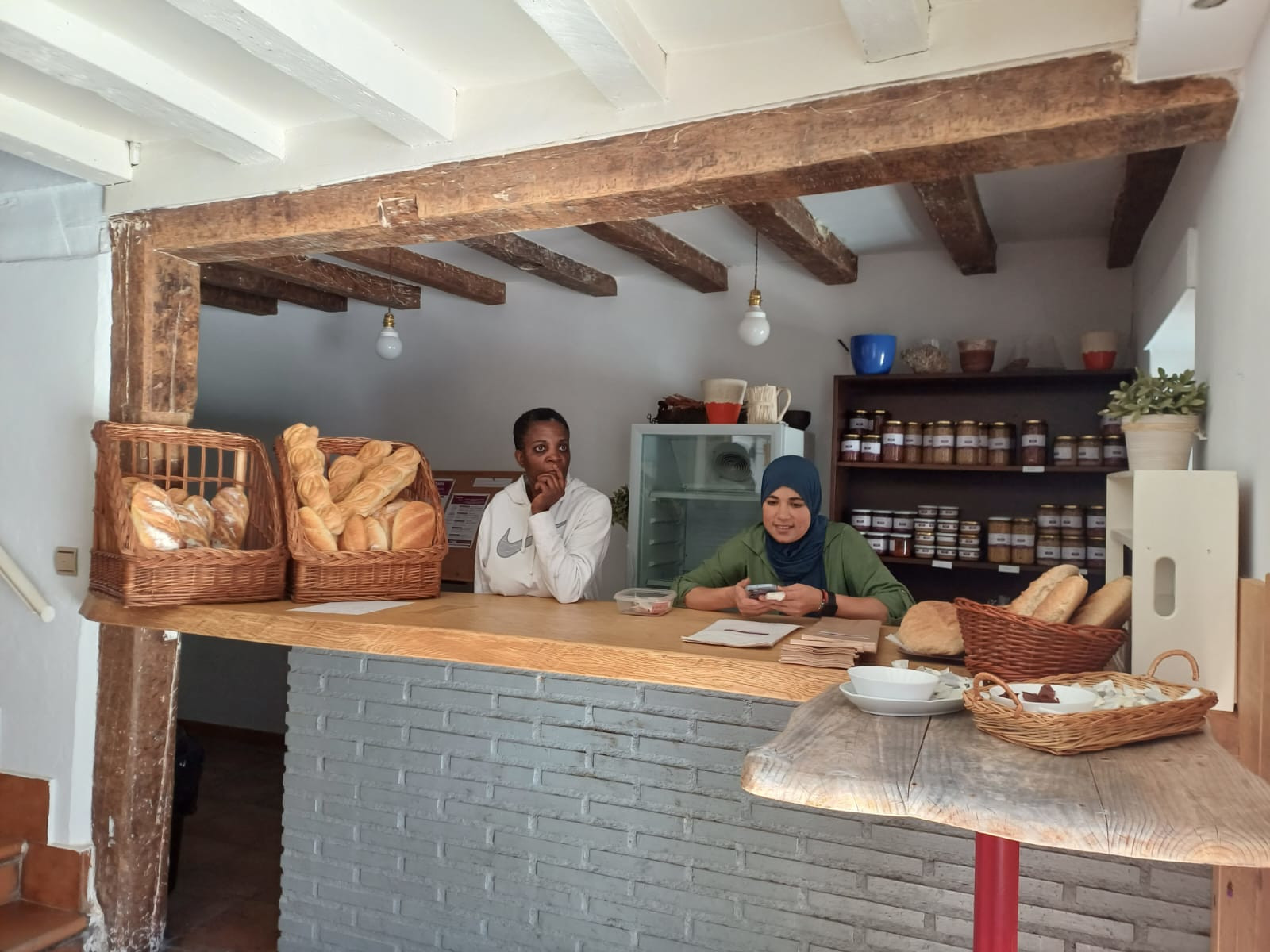New partnership for the reactivation of chestnut Bidarrain
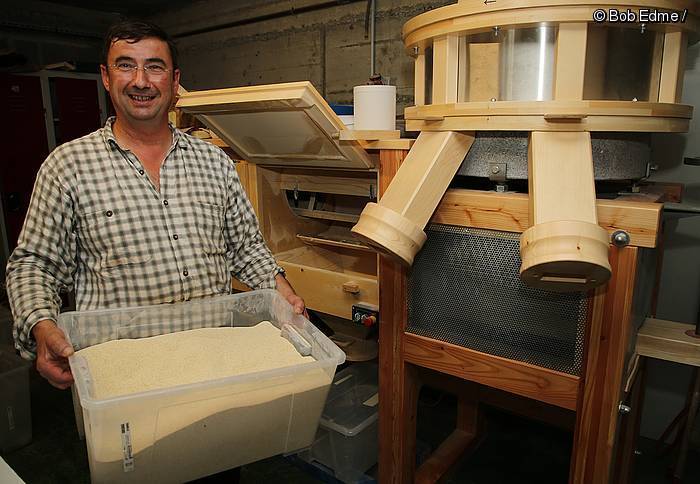
The Bidarrain Gaztaina Association, established in November, held its first general assembly at the end of this January. Luhuso, Makea, Lekorne, Heleta and Bidarrai are some of the baserritarras and neighbours who have taken part in the initiative, concerned about the future of chestnut and with the aim of promoting it. “We are thinking about what production can be introduced in these mountains and there is an opportunity to see what the chestnuts already exist, clean the grounds and give people the opportunity to take advantage of them,” said Bidarrai Mayor Jean Michel Anchordoquy, in Euskal Irratia.
Japan to Euskal Herria
Chestnut has a curious history among us: although chestnut trees were common in the area, most of them were lost by the disease around 1870. In 1909 the variety of chestnuts that is currently widespread came from far: Two Basque missionaries migrated to Japan brought Japanese chestnut to Euskal Herria. The newly arrived chestnut began its journey through Ipar Euskal Herria, through the large plantations of Sara and Zuraide. It then spread to the forests of all our geography.
Beñat Itoiz, one of the main drivers of the Gaztaina Association, has been experimenting with chestnut in recent years, and believes that it can recover the importance and economy it had in our time: “In 1958 there were numerous weekly chestnut markets in Bearno and Iparralde. It is clear that changes in life and economy have brought with it the abandonment and forgetfulness of chestnut, but in people’s minds the connection with chestnut has always been maintained.”
Chestnuts with many shapes
In the workshop held by Bidarrai, Itoiz produces different products with chestnut: bread, flour, cream, and even beer. Being a healthy food and closely linked to our mountains, one of the objectives of the association is to give importance to chestnuts. Not forgetting that chestnut production can also give rise to new economic opportunities: “It may be interesting for some young people to start projects related to chestnut,” says Filipe Etxepare, mayor of Heleta.
.jpg)
Duela lau urte abiatu zuten Azpeitian Enkarguk proiektua, Udalaren, Urkome Landa Garapen Elkartearen eta Azpeitiako eta Gipuzkoako merkatari txikien elkarteen artean. “Orain proiektua bigarren fasera eraman dugu, eta Azkoitian sortu dugu antzeko egitasmoa, bere izenarekin:... [+]
Donostiako Amara auzoko Izko ileapaindegi ekologikoak 40 urte bete berri ditu. Familia-enpresa txikia da, eta hasieratik izan zuten sortzaileek ile-apainketan erabiltzen ziren produktuekiko kezka. “Erabiltzaileen azalarentzat oso bortzitzak dira produktu gehienak, baina... [+]
Ubidekoak (Bizkaia) dira Imanol Iturriotz eta Aritz Bengoa gazteak. “Lagunak gara txikitatik, eta beti izan dugu buruan abeltzaintza proiektu bat martxan jartzeko ideia”, azaldu du Iturriotzek. Nekazaritzari lotutako ikasketak izan ez arren, baserri munduarekin eta... [+]
Iruñean bizi ziren Iñaki Zoko Lamarka eta Andoni Arizkuren Eseberri gazteak, baina familiaren herriarekin, Otsagabiarekin, lotura estua zuten biek betidanik. “Lehen, asteburuetan eta udan etortzen ginen eta duela urte batzuk bizitzera etorri ginen”, dio... [+]
Gipuzkoako hamaika txokotatik gerturatutako hamarka lagun elkartu ziren otsailaren 23an Amillubiko lehen auzo(p)lanera. Biolur elkarteak bultzatutako proiektu kolektiboa da Amillubi, agroekologian sakontzeko eta Gipuzkoako etorkizuneko elikadura erronkei heltzeko asmoz Zestoako... [+]
Emakume bakoitzaren errelatotik abiatuta, lurrari eta elikadurari buruzko jakituria kolektibizatu eta sukaldeko iruditegia irauli nahi ditu Ziminttere proiektuak, mahai baten bueltan, sukaldean bertan eta elikagaiak eskutan darabiltzaten bitartean.







